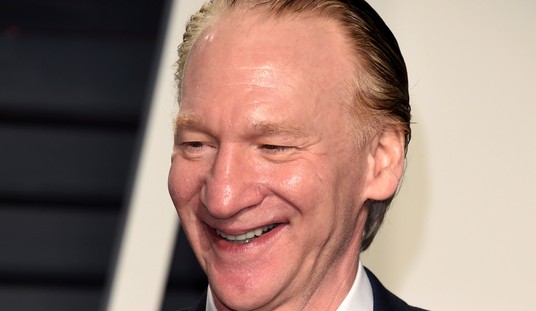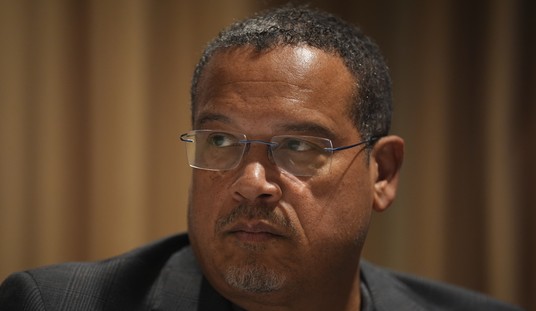Question: If a new technology really holds boundless potential to not only meet the raucous, clamoring demand for a viable source of ‘green’ energy than can fit in with our infrastructure at a worthwhile expense, but also to turn a profit due to its efficient reliability as a smart alternative to traditional energy sources, then why would said technology be so dependent on a wildly generous federal subsidy for its survival?
Answer: It wouldn’t.
I know things work a little differently in the corrupted, rent-seeking, reality-denying la-la-land of eco-idealism, but here in the real world, when a new technology or idea presents real potential to turn into something that people actually want to buy, people invest in it. In the private market. Voluntarily. With their own money. That endeavor may succeed, or it may fail, but the risk is isolated to the people who chose to take a chance on it, and their interest in the project is about producing something consumers want to purchase — not about winning over votes by playing political favoritism and trying to engineer society’s makeup in the way that you deem more virtuous than another.
Wind energy has been afforded more opportunities than you can shake a stick at, à la the U.S. taxpayer, and they’re ability to compete in the free market is still pretty pathetic. Now that one of their biggest and longtime sources of federal support — the production tax credit — is in jeopardy, and the lobbyists and advocates are all of a dither trying to convince everyone that this subsidy is absolutely crucial for our country’s energy future, or something. From the NYT:
Many of those jobs have disappeared since, as wind companies have been buffeted by weak demand for electricity, stiff competition from cheap natural gas and cheaper options from Asian competitors. Chinese manufacturers, who can often underprice goods because of generous state subsidies, have moved into the American market and have become an issue in the larger trade tensions between the two countries. In July, the United States Commerce Department imposed tariffs on steel turbine towers from China after finding that manufacturers had been selling them for less than the cost of production.
And now, on top of the business challenges, the industry is facing a big political problem in Washington: the Dec. 31 expiration of a federal tax credit that makes wind power more competitive with other sources of electricity.
The tax break, which costs about $1 billion a year, has been periodically renewed by Congress with support from both parties. This year, however, it has become a wedge issue in the presidential contest. …
“Big Wind has had extension after extension after extension,” said Benjamin Cole, a spokesman for the American Energy Alliance, a group partly financed by oil interests that has been lobbying against the credit in Washington. “The government shouldn’t be continuing to prop up industries that never seem to be able to get off their training wheels.”
Competition from Chinese manufacturers who can underprice their products because of generous state subsidies? Yes, because we wouldn’t know anything about that, would we?
Sorry, wind — you’ve had more than your fair share of government “investments” in your future, and your continuing failure to get in the game on your own merits should tell us just about everything we need to know.
And before anybody points out that traditional energy sources are also on the receiving end of federal subsides, yes, I know this — and I unequivocally support an end to all types of energy subsidies, as subsidies always and necessarily serve to distort and interfere with free-market signals. In fact, when I can think of a good reason to support any type of subsidy across any economic sphere… I’ll be sure to let you know.








Join the conversation as a VIP Member